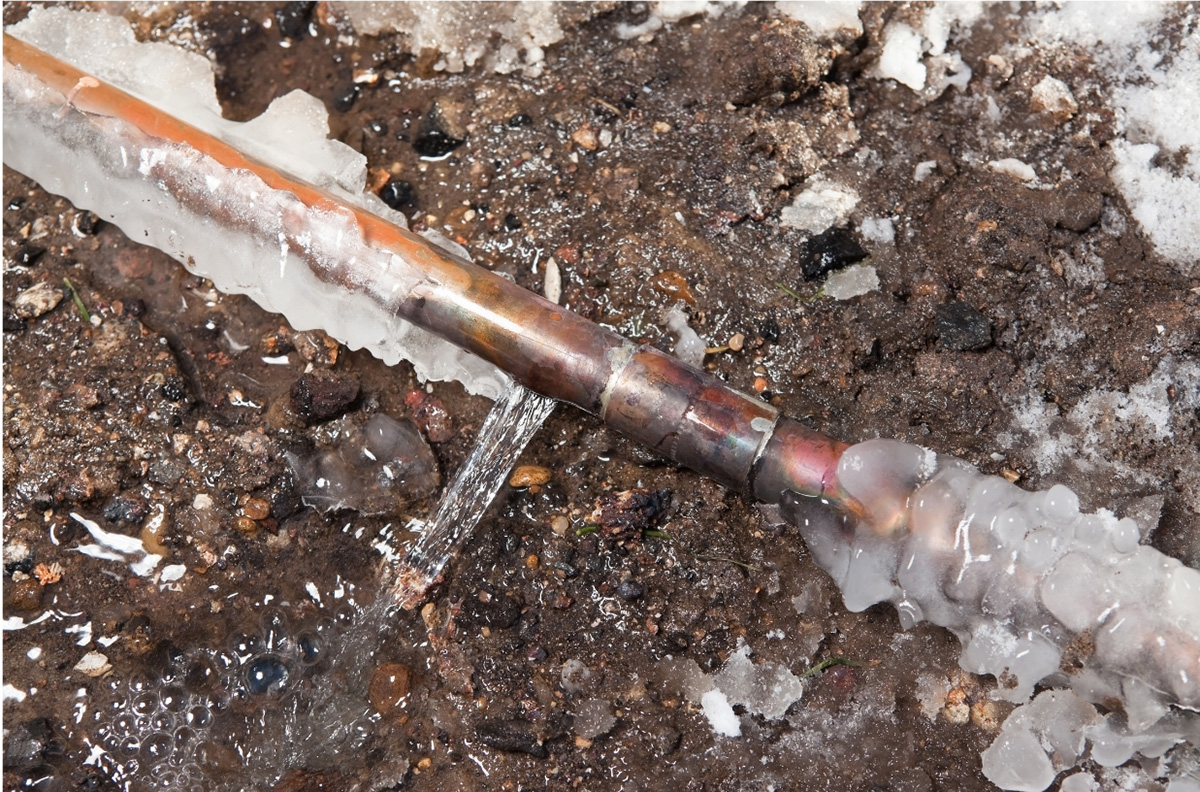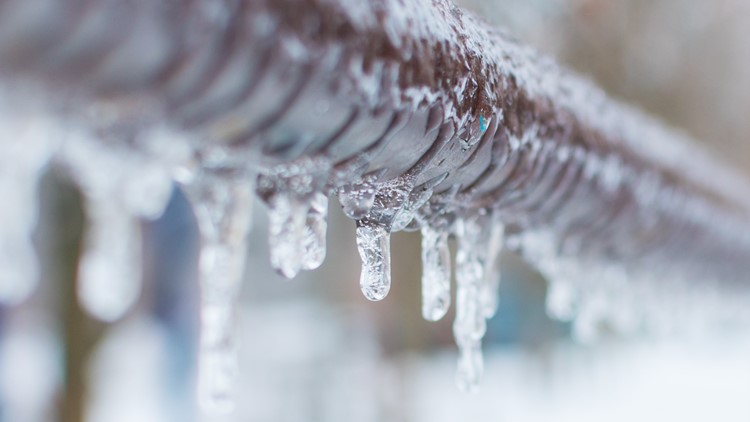Just about every person maintains their own individual piece of advice on the subject of 6 Ways to Prevent Frozen Pipes.

Cold weather can ruin your plumbing, specifically by freezing pipelines. Here's exactly how to stop it from happening and what to do if it does.
Introduction
As temperatures decrease, the threat of icy pipes rises, possibly leading to expensive repair work and water damages. Recognizing exactly how to stop frozen pipelines is critical for property owners in cold climates.
Prevention Tips
Insulating prone pipelines
Wrap pipes in insulation sleeves or use warmth tape to protect them from freezing temperatures. Concentrate on pipelines in unheated or exterior locations of the home.
Home heating methods
Maintain interior rooms effectively warmed, particularly areas with plumbing. Open up closet doors to allow cozy air to circulate around pipes under sinks.
How to recognize frozen pipelines
Search for reduced water flow from taps, unusual smells or sounds from pipes, and visible frost on revealed pipes.
Long-Term Solutions
Structural modifications
Think about rerouting pipelines away from exterior walls or unheated locations. Include additional insulation to attics, basements, and crawl spaces.
Updating insulation
Buy top quality insulation for pipes, attic rooms, and walls. Correct insulation aids preserve consistent temperatures and reduces the threat of frozen pipelines.
Protecting Exterior Pipes
Yard hose pipes and exterior faucets
Detach and drain pipes garden pipes before winter months. Install frost-proof spigots or cover exterior faucets with insulated caps.
Comprehending Icy Pipelines
What triggers pipes to freeze?
Pipes ice up when exposed to temperatures below 32 ° F (0 ° C) for prolonged periods. As water inside the pipelines ices up, it broadens, taxing the pipeline walls and possibly creating them to burst.
Dangers and damages
Frozen pipes can bring about supply of water interruptions, property damages, and pricey repair services. Burst pipelines can flooding homes and create comprehensive structural damage.
Indicators of Frozen Piping
Identifying frozen pipelines early can avoid them from rupturing.
What to Do If Your Pipes Freeze
Immediate actions to take
If you suspect icy pipelines, maintain taps open to ease stress as the ice thaws. Utilize a hairdryer or towels soaked in hot water to thaw pipes slowly.
Verdict
Avoiding icy pipes requires positive measures and quick responses. By understanding the causes, indications, and preventive measures, home owners can protect their plumbing throughout winter.
5 Ways to Prevent Frozen Pipes
Drain Outdoor Faucets and Disconnect Hoses
First, close the shut-off valve that controls the flow of water in the pipe to your outdoor faucet. Then, head outside to disconnect and drain your hose and open the outdoor faucet to allow the water to completely drain out of the line. Turn off the faucet when done. Finally, head back to the shut-off valve and drain the remaining water inside the pipe into a bucket or container. Additionally, if you have a home irrigation system, you should consider hiring an expert to clear the system of water each year.
Insulate Pipes
One of the best and most cost-effective methods for preventing frozen water pipes is to wrap your pipes with insulation. This is especially important for areas in your home that aren’t exposed to heat, such as an attic. We suggest using foam sleeves, which can typically be found at your local hardware store.
Keep Heat Running at 65
Your pipes are located inside your walls, and the temperature there is much colder than the rest of the house. To prevent your pipes from freezing, The Insurance Information Institute suggests that you keep your home heated to at least 65 degrees, even when traveling. You may want to invest in smart devices that can keep an eye on the temperature in your home while you’re away.
Leave Water Dripping
Moving water — even a small trickle — can prevent ice from forming inside your pipes. When freezing temps are imminent, start a drip of water from all faucets that serve exposed pipes. Leaving a few faucets running will also help relieve pressure inside the pipes and help prevent a rupture if the water inside freezes.
Open Cupboard Doors
Warm your kitchen and bathroom pipes by opening cupboards and vanities. You should also leave your interior doors ajar to help warm air circulate evenly throughout your home.

We were shown that article about How to prepare your home plumbing for winter weather from a friend on a different website. Kindly pause to distribute this content if you appreciated it. We treasure your readership.
Visit Homepage